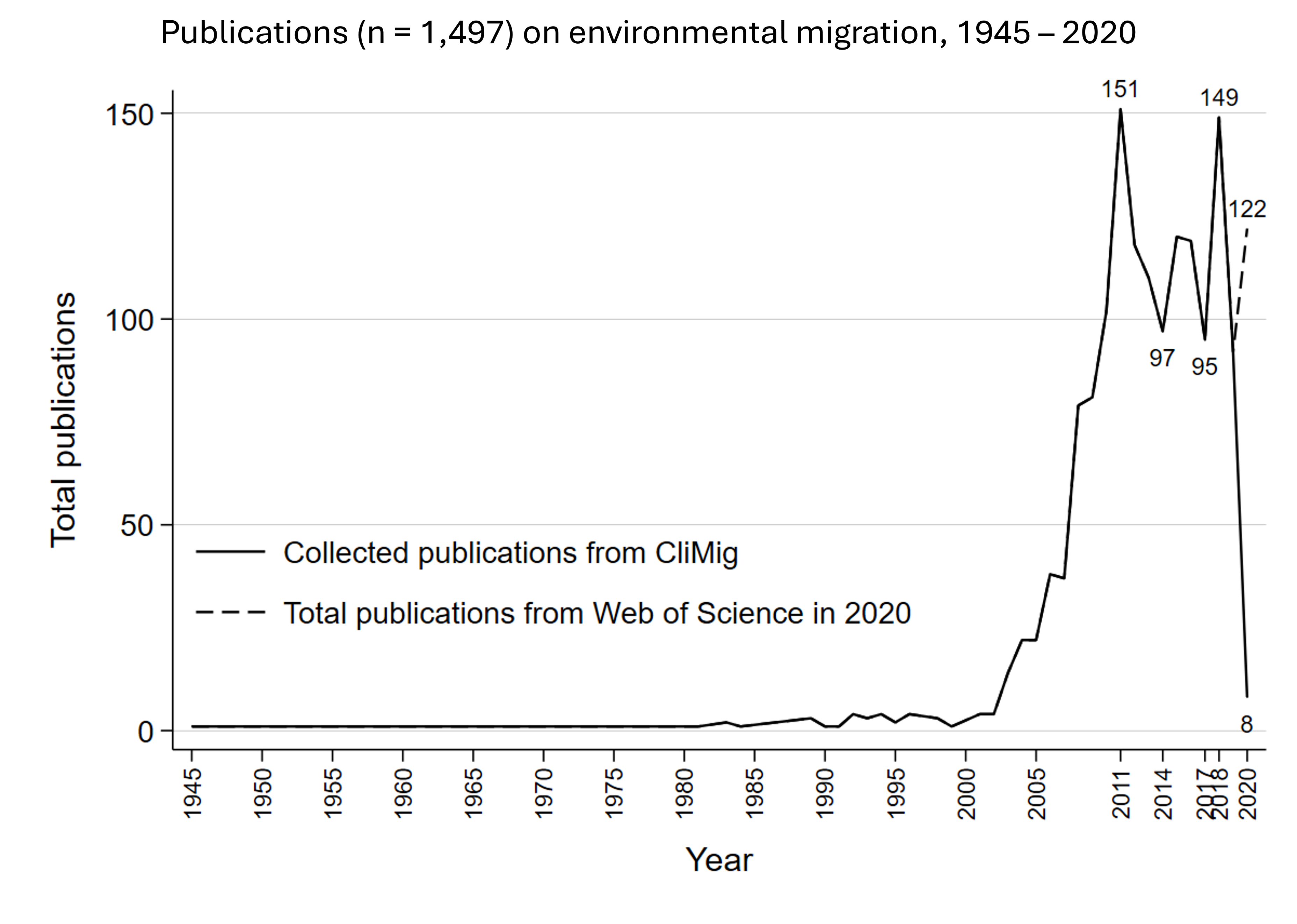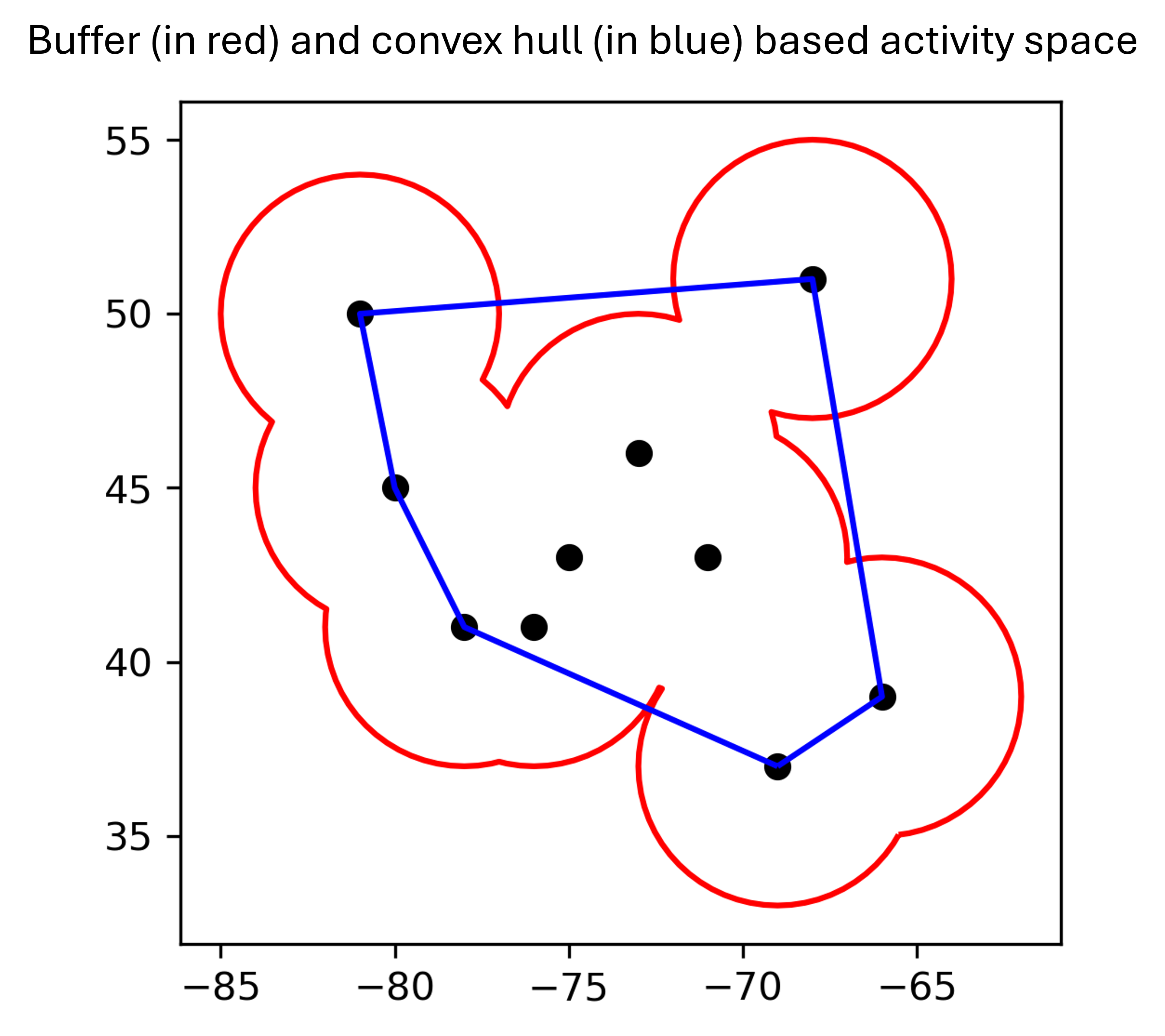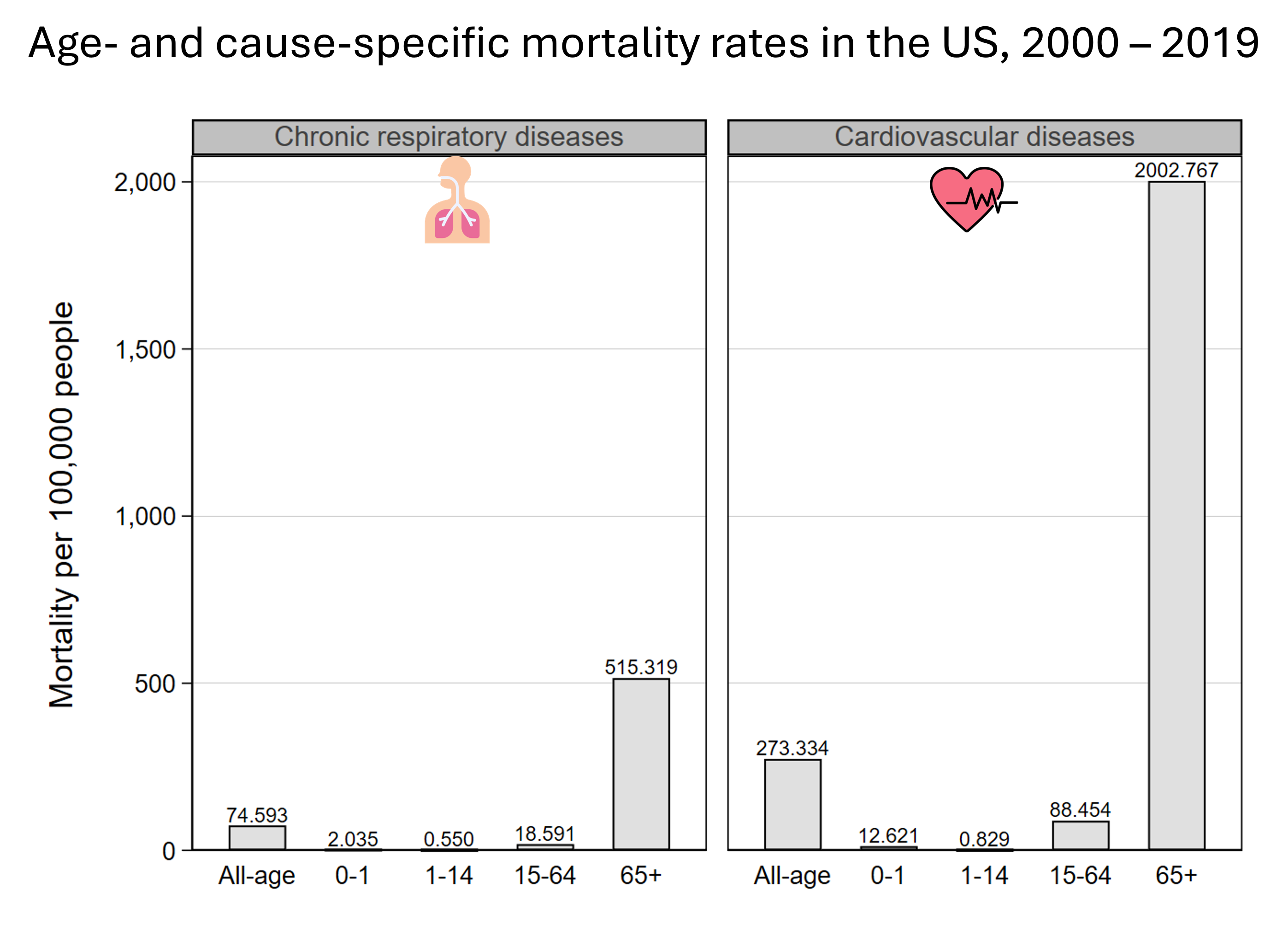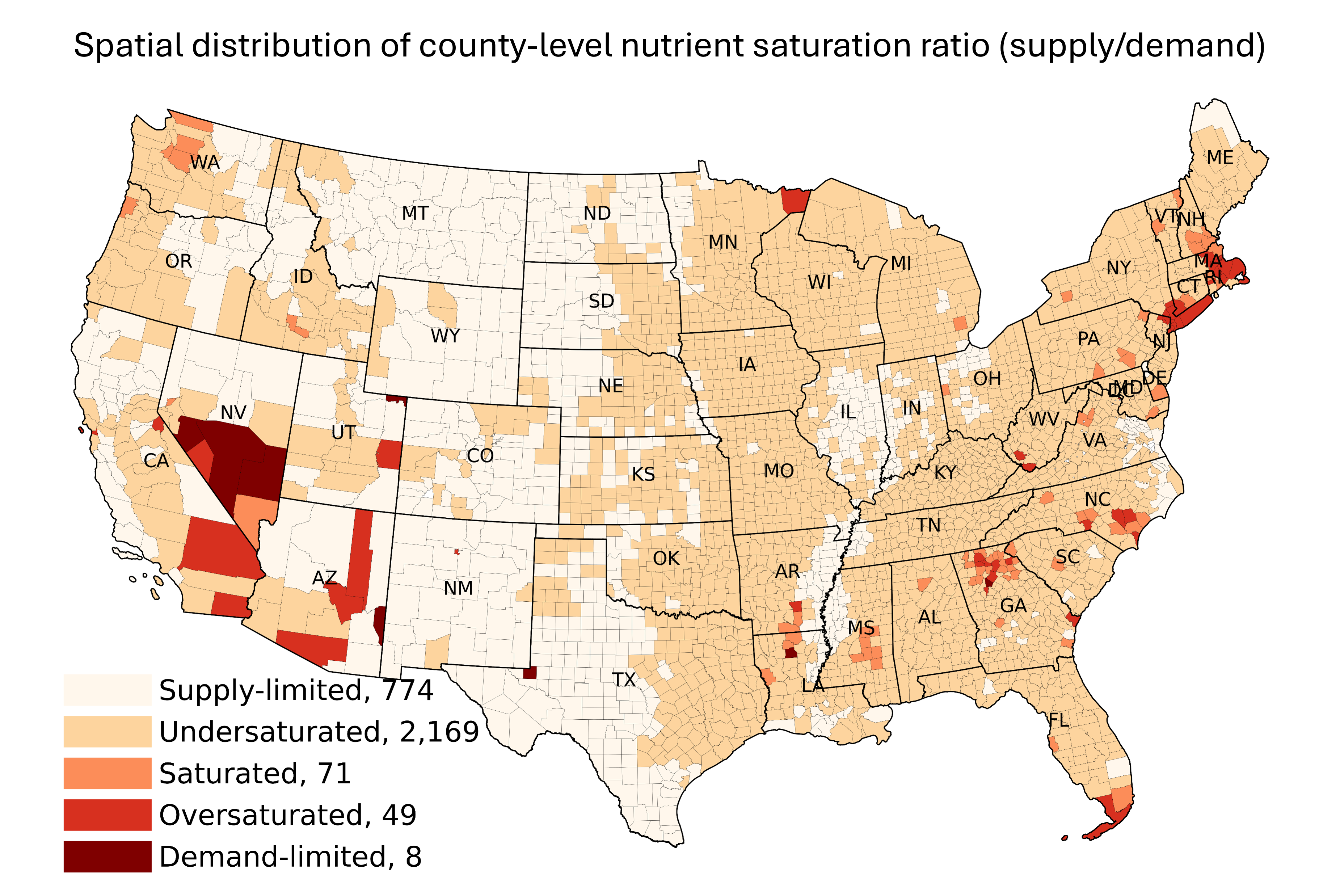My research focuses on population-environment dynamics to promote human well-being and sustainable development in an era of global environmental change, leveraging quantitative methods, geospatial analytics, and computational techniques. Specifically, my research includes environmental migration and health, spatial demography, circular economy, and development studies. With strong training in demography and rural sociology and expertise in environmental science and geospatial analysis, my research bridges disciplines to understand population-environment interactions and inform policies to advance population well-being and sustainable development.
Environmental migration research
This research theme investigates how environmental factors influence population migration through a wide array of methodological approaches. First, at the regional level, I investigated individuals’ willingness to migrate under governmental relocation subsidies in environmentally unfriendly and poverty-stricken areas. Second, at the national level, I developed an integrated framework that combines environmental factors with socioeconomic and demographic factors to study internal migration in the US, utilizing panel data fixed-effects methods, spatial analysis, and multilevel modeling. Third, at the global level, I conducted a quantitative meta-analysis of the environmental migration literature using a comparable effect size measure (i.e., partial correlation coefficient) to evaluate environmental impacts on migration. This line of study suggests that environmental factors affect migration along with conventional socioeconomic and demographic factors, contributing to a holistic understanding of when and how environmental factors trigger the migration of specific populations.
Geospatial research
This research theme adopts two approaches in the study of population-environment dynamics. First, I employed spatial methods to investigate the environmental impacts on migration and health. This endeavor includes publications on spatial analyses of environmental migration and health, uncovering significant insights into how environmental changes such as climate shifts or pollution, drive population movements and affect public health. Second, I developed GPS2space, an open-source spatial package designed to transform raw GPS data, which consists of longitude-latitude pairs, into meaningful spatial constructs. It facilitates the construction of activity spaces—areas where individuals engage in daily activities—and shared spaces, which are common areas utilized by multiple individuals or groups. Additionally, it also includes functionalities for measuring the nearest distance from any locations to user-specified landmarks, allowing for precise spatial analysis in studies of human-environment interactions. This research theme contributes to the environmental migration literature by introducing and integrating a spatial dimension and offering innovative tools for examining population-environment dynamics.
Health research
This research theme explores the impact of environmental factors on population health, community well-being, and health disparities across populations and places in the US and globally. First, in collaboration with colleagues, I studied how individual and community characteristics at the ZIP code level influence self-rated physical and mental health. Second, working with an Amish researcher, I investigated COVID-19 vaccine hesitance within Amish populations across the US. Third, I have led or co-authored multiple ongoing papers on environmental health studies in the US, Bangladesh, and at the global level, as well as a grant proposal investigating the effects of heat on chronic kidney disease among older adults and agricultural workers in rural and urban areas across the US. These published and ongoing projects integrate health outcomes, socioeconomic indicators, and climate datasets to uncover the relationships between environmental factors and health metrics, contributing to the field by addressing critical public health issues, informing future research, and guiding policy interventions.
Circular economy and development studies
This research theme aims to foster transformative practices to achieve regenerative agriculture, food security, and sustainable development through resource management, land use change, agricultural renovation, and energy transition. First, I led a study investigating the spatial distribution of waste-derivable nutrients and agricultural nutrient demands at the county level in the US from a circular economy perspective. Second, I conducted a study on the impacts of household demographics and livelihood strategies on farmland rental in rural China. Third, I have developed several research projects, serving as Co-PI or collaborator, to deliver and/or evaluate agricultural innovations in the face of environmental change. This research theme contributes to the field by fostering transformative practices in regenerative agriculture, food security, and sustainable development. By integrating resource management, land use change, and agricultural renovation, these studies offer innovative solutions to environmental challenges and inform future strategies for sustainable development.



